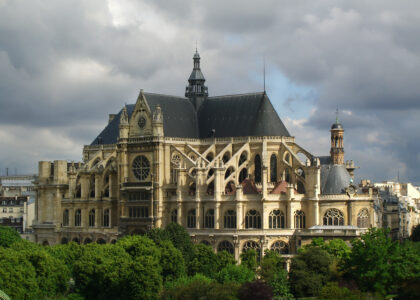Welcome to the Tomb of Anedjib, an intriguing slice of ancient Egyptian history that whispers tales from the dawn of civilization. Set in the sacred city of Abydos, this site marks the resting place of Pharaoh Anedjib, a ruler from Egypt’s First Dynasty, around 2900 BCE. Anedjib’s reign is pivotal as it stands at the crossroads of Egypt’s early state formation, a period marked by the unification of Upper and Lower Egypt.
The tomb itself is a mastaba, a type of ancient Egyptian tomb with a flat roof and sloping sides, typical of the era before the iconic pyramids. Engaging with the tomb today, you are stepping back into a time when the Egyptians were experimenting with monumental stone architecture, setting the stage for the grandeur that was to follow.
Abydos, where the tomb is located, was one of Egypt’s oldest cities and a necropolis for the early pharaohs. The site is renowned for its deep religious significance, as it became a major cult center for the god Osiris. The city was a pilgrimage site, drawing visitors from across the ancient world, eager to partake in rituals and ceremonies dedicated to the afterlife.
The tombs of Abydos, including that of Anedjib, were not mere resting places but symbols of divine kingship and power. They highlight the transition from simple burial practices to more sophisticated, culturally significant rituals. The tomb of Anedjib is surrounded by other royal burials, creating a necropolis that reflects the early dynastic power struggles and the establishment of a unified Egyptian state.
While specific details about Anedjib’s reign are sparse, his tomb gives us clues about the political and religious evolution of ancient Egypt. It is a reminder of the early dynastic era’s complexity, as pharaohs were not only seen as rulers but also as divine intermediaries between the gods and their people.
As you explore this historic site, imagine the bustling activity of ancient times, with craftsmen, priests, and workers dedicated to honoring a pharaoh who played a role in shaping one of the world’s greatest civilizations.



